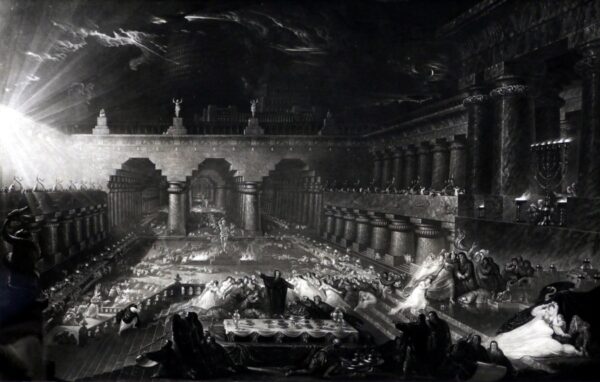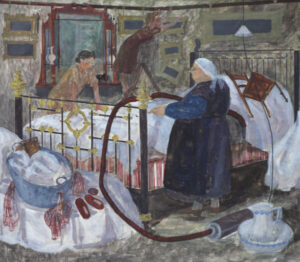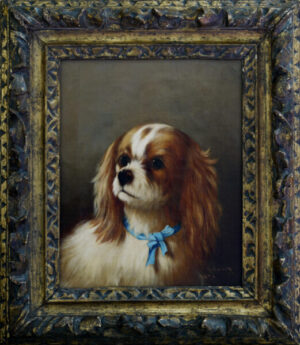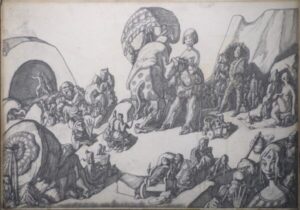Description
This engraved plate was one of the first large engravings ever to have been attempted on a soft steel plate and was an immense popular success. Martin chose this dramatic subject, set beneath the massive tower of Babel and Temple of Belus, for the design which was to secure his fame. Belshazzar’s Feast stands out as Martin’s single most important work.
When the painting of Belshazzar’s Feast was first exhibited, in 1821, it attracted such crowds that it had to be railed off from the eager public. Popular interest in the painting did not die down over the following years, and when transferred to its own exhibition, more than five thousand people paid to see it, many of whom bought copies of the accompanying descriptive pamphlet which ran to at least twenty-nine editions over a period of three years. With a background of such extraordinary popularity, Belshazzar’s Feast was the obvious subject for Martin to choose to engrave.
A description of the picture published in London, 1821, reads: Mene, Mene, Tekel, Upharsin – These were the words of God which shone from the wall of the great Hall of Jupiter in which King Belshazzar held his spectacular feast. In the centre of the image the prophet Daniel is seen interpreting these words of doom for the King who shys away to the right of the image. Guests and servants alike stare up in awe at the blaze of light from the fiery letters, whilst in the distant Hall of Astarte revellers continue their festivities, unaware of the events taking place.



